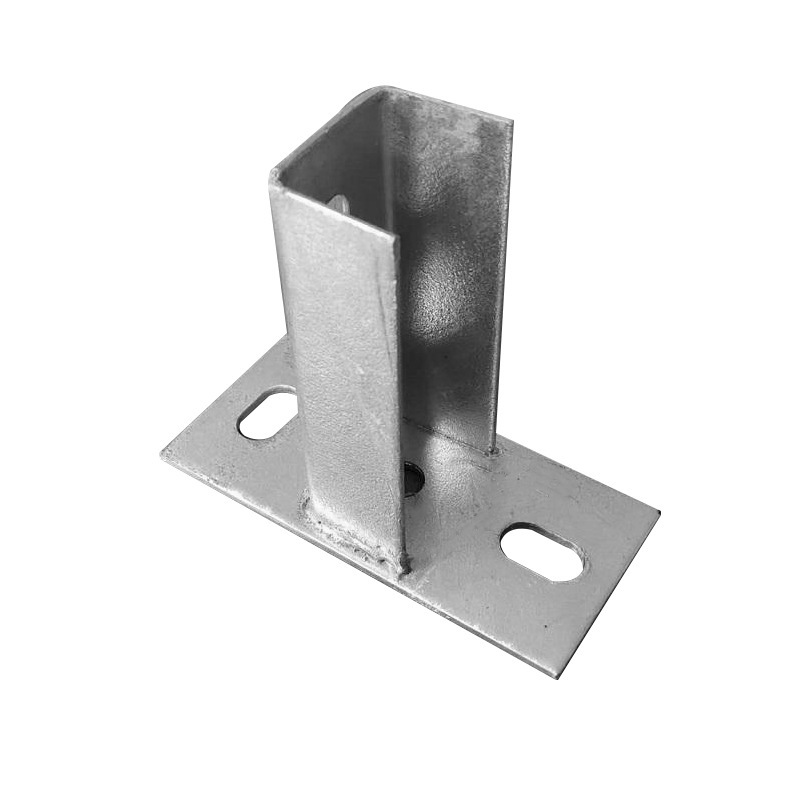

self drilling screw head types
Th11 . 14, 2024 01:51 Back to list
self drilling screw head types
Understanding Self-Drilling Screw Head Types
Self-drilling screws, also known as Tek screws, are specialized fasteners that are designed to simplify the process of joining materials, particularly in metal applications. One of the key aspects of these screws that often goes unnoticed is the variety of head types available. Each head type serves specific purposes and possesses unique features that affect performance and application.
1. Flat Head
The flat head screw features a flat top surface and a conical underside, allowing it to sink flush with the surface of the workpiece. This makes it ideal for applications requiring a smooth finish, such as in roofing or siding installations. The low profile of the flat head reduces the risk of snagging or catching on other materials, making it a preferred choice for applications where aesthetics and safety are paramount.
2. Pan Head
The pan head screw has a slightly rounded, domed surface with a relatively flat bottom. This type is widely used due to its versatility and ease of installation. The design allows for a larger bearing surface, making it suitable for applications where higher torque is necessary. Pan head screws are commonly used in situations where the screw will be exposed, as their rounded appearance often blends well in architectural and decorative applications.
With a large, hexagonal shape, the hex washer head screw offers excellent grip and is designed for use with a wrench or socket. The integrated washer helps distribute the load more evenly across the surface, preventing damage to thin materials. This type of head is popular in heavy-duty applications, such as metal roofing and structural steel work, where durability and load distribution are critical.
self drilling screw head types

4. Truss Head
The truss head is characterized by its wide, low-profile design, which provides a greater bearing surface compared to other head types. This results in reduced risk of pull-through in softer materials. Truss head screws are often used in applications such as attaching metal panels, where a strong hold is necessary without damaging the surface. Additionally, their low height minimizes the risk of snagging, making them suitable for use in areas with limited space.
5. Bugle Head
The bugle head screw features a conical shape that gradually transitions into a flat top. This design permits the screw to seat itself in the material without causing excess splitting or cracking. Bugle head screws are particularly useful in drywall applications, allowing for a clean finish while providing sufficient hold strength. Their ability to handle light to medium loads makes them a common choice for residential construction.
6. Round Head
Round head screws possess a dome-shaped profile and are typically used in applications requiring a decorative finish. While they might not provide the same level of grip as other head types, their appealing appearance makes them suitable for visible installations. They are often used in furniture and cabinetry, where aesthetics and design play a significant role.
Conclusion
Choosing the right self-drilling screw head type is essential for ensuring optimal performance in various applications. Each head type offers unique benefits that cater to specific needs, ranging from aesthetic appeal to load distribution and ease of handling. By understanding the distinct characteristics of these screws, architects, contractors, and DIY enthusiasts alike can make informed decisions to achieve better results in their projects. Whether you are working on a roofing installation or assembling furniture, selecting the appropriate screw head type is crucial for the durability and success of your work.
Latest news
-
Best Self Tapping Screws for Drywall - Fast & Secure Installation
NewsJul.31,2025
-
High-Strength Hot Dip Galvanized Bolts-Hebei Longze|Corrosion Resistance&Customization
NewsJul.31,2025
-
Hot Dip Galvanized Bolts-Hebei Longze Metal Products|Corrosion Resistance&High Strength
NewsJul.31,2025
-
Hot Dip Galvanized Bolts-About LongZe|High Strength, Corrosion Resistance
NewsJul.30,2025
-
High-Strength Hot Dip Galvanized Bolts - Hebei Longze | Corrosion Resistance, Customization
NewsJul.30,2025
-
Hot Dip Galvanized Bolts-Hebei Longze|Corrosion Resistance&High Strength
NewsJul.30,2025

